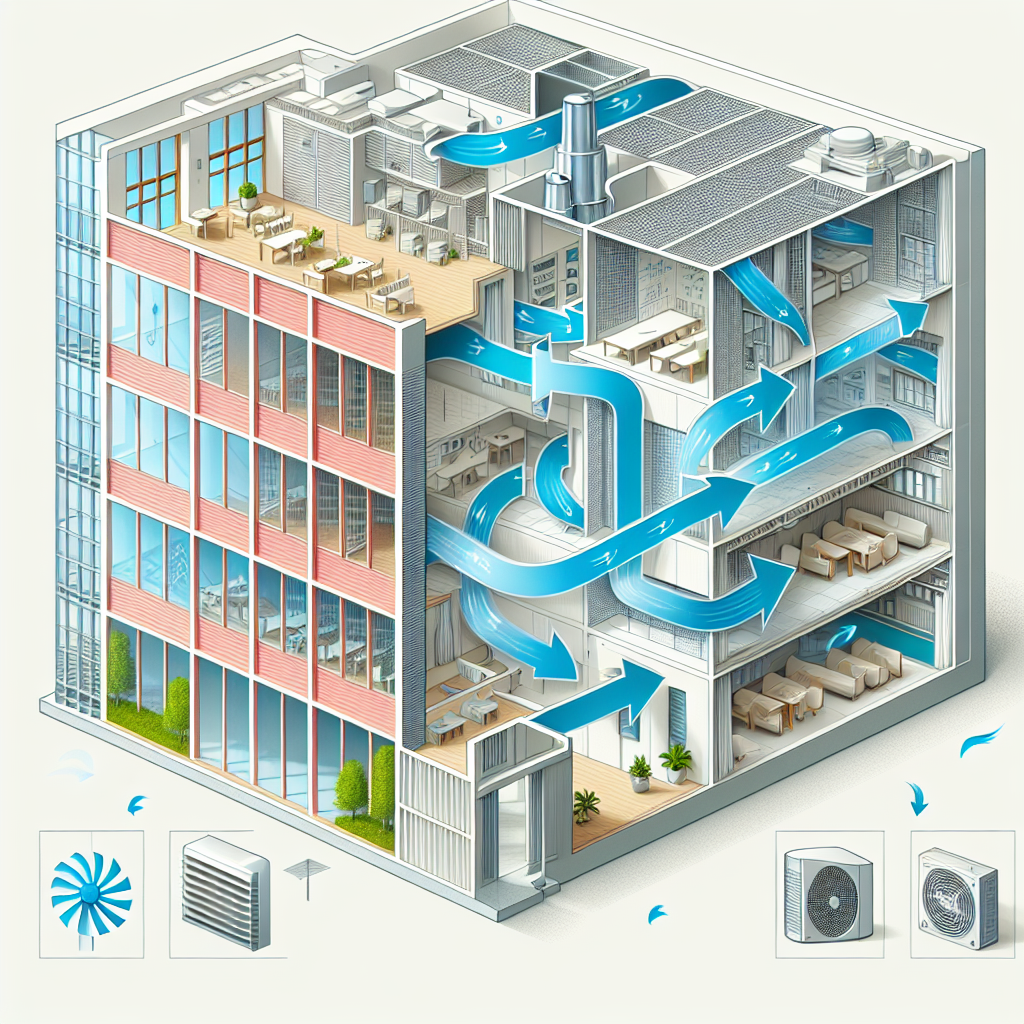When it comes to designing buildings, one often overlooked aspect is ventilation. Proper ventilation is essential for maintaining a healthy and comfortable indoor environment, yet it is often not given the attention it deserves in the design process. However, recent research has shown that there is a strong link between ventilation and building design, and that incorporating ventilation into the design process can have a significant impact on the overall performance and usability of a building.
One of the key benefits of proper ventilation is improved indoor air quality. Poor ventilation can lead to a buildup of pollutants and contaminants in the air, which can have serious health effects on occupants. By designing buildings with proper ventilation systems in place, designers can ensure that fresh air is constantly being circulated throughout the space, helping to remove pollutants and keep the indoor air clean and healthy.
In addition to improving indoor air quality, proper ventilation can also have a positive impact on energy efficiency. By designing buildings with natural ventilation systems, designers can reduce the reliance on mechanical ventilation systems, which can be costly to operate and maintain. Natural ventilation systems rely on the use of windows, vents, and other openings to allow for the natural flow of air throughout the building, reducing the need for mechanical systems and lowering energy costs.
Furthermore, proper ventilation can also enhance the overall comfort and usability of a building. By incorporating features such as operable windows, skylights, and atriums, designers can create spaces that are well-ventilated and filled with natural light, creating a more pleasant and inviting environment for occupants. This can have a positive impact on productivity and well-being, as studies have shown that access to natural light and fresh air can improve mood and increase concentration levels.
Overall, the link between ventilation and building design is clear: proper ventilation is essential for creating a healthy, energy-efficient, and comfortable indoor environment. By incorporating ventilation into the design process from the beginning, designers can ensure that buildings are not only aesthetically pleasing, but also functional and sustainable. As we continue to prioritize sustainability and wellness in building design, ventilation will play an increasingly important role in creating spaces that are not only beautiful, but also healthy and efficient.


Leave a Reply